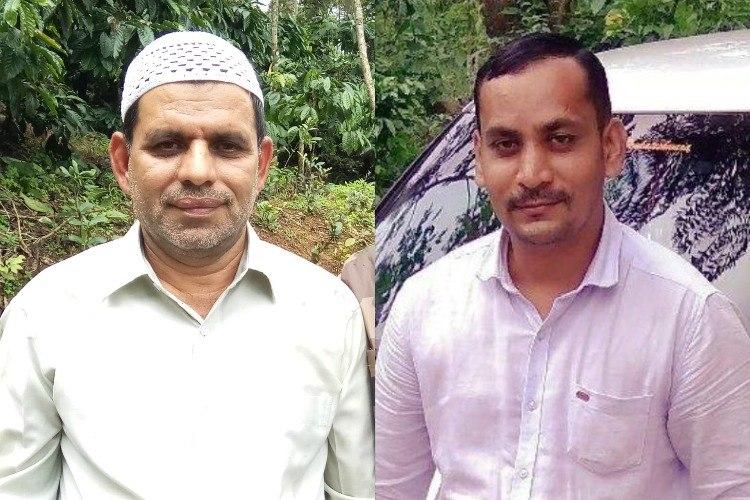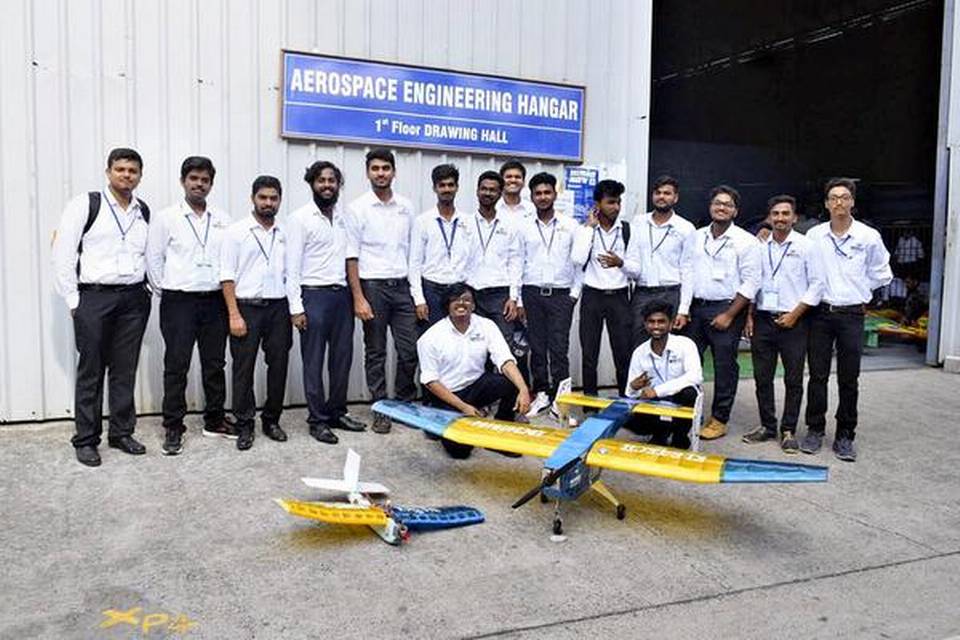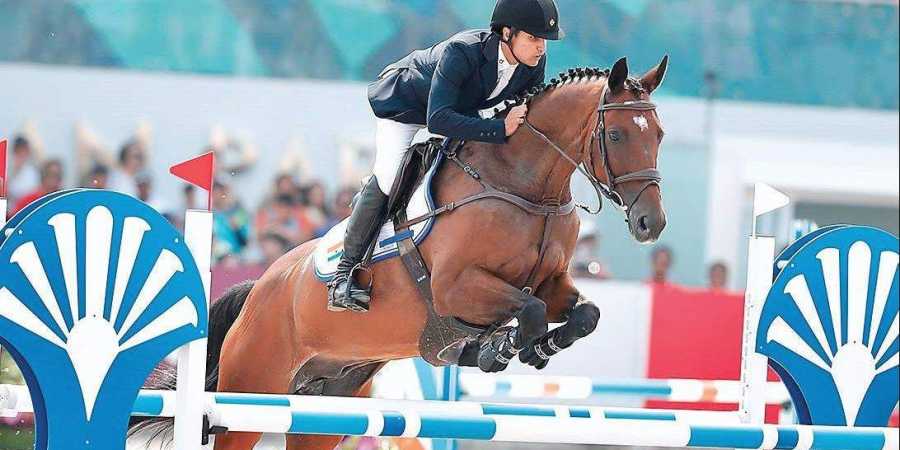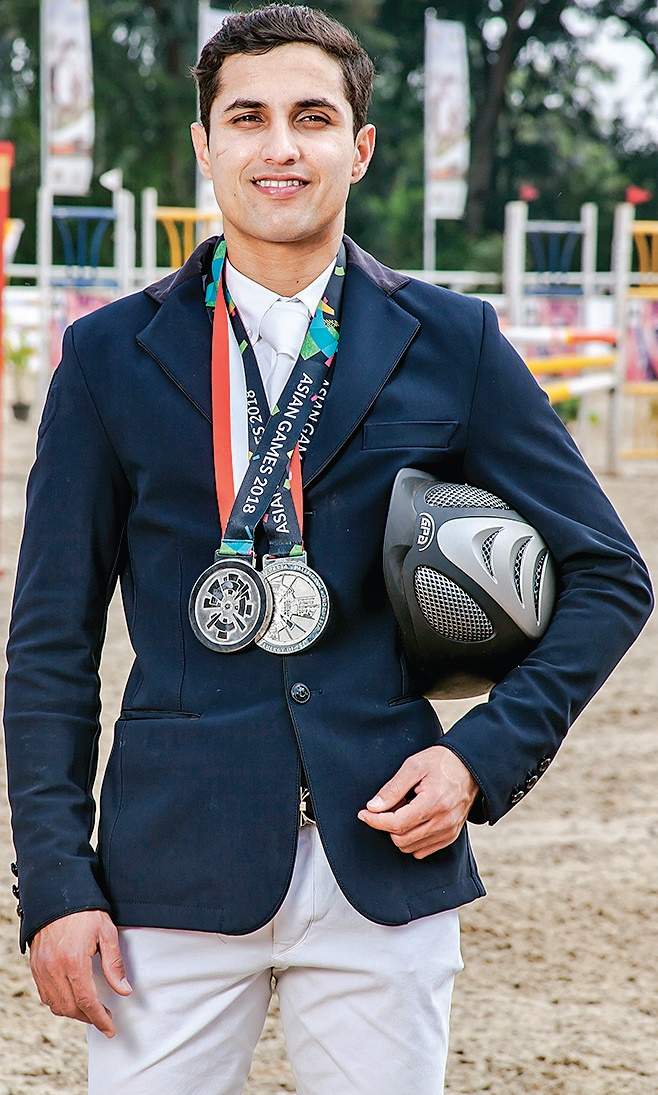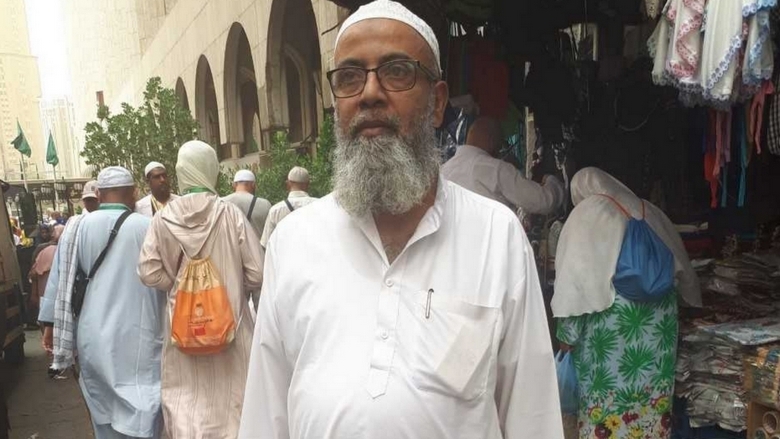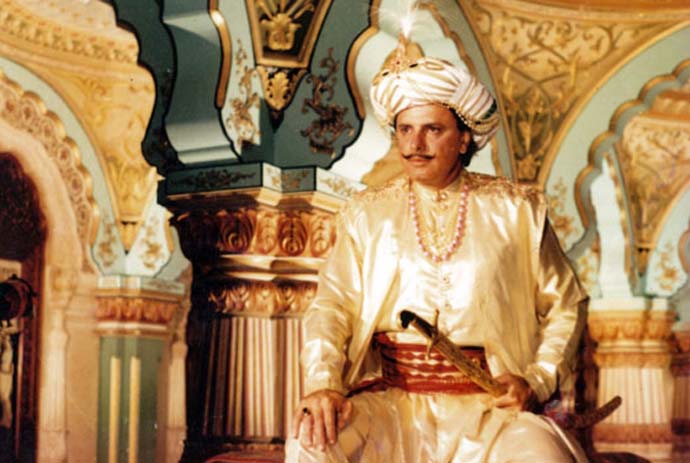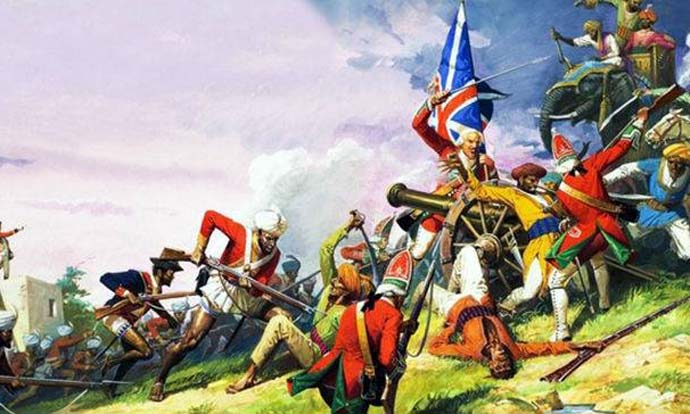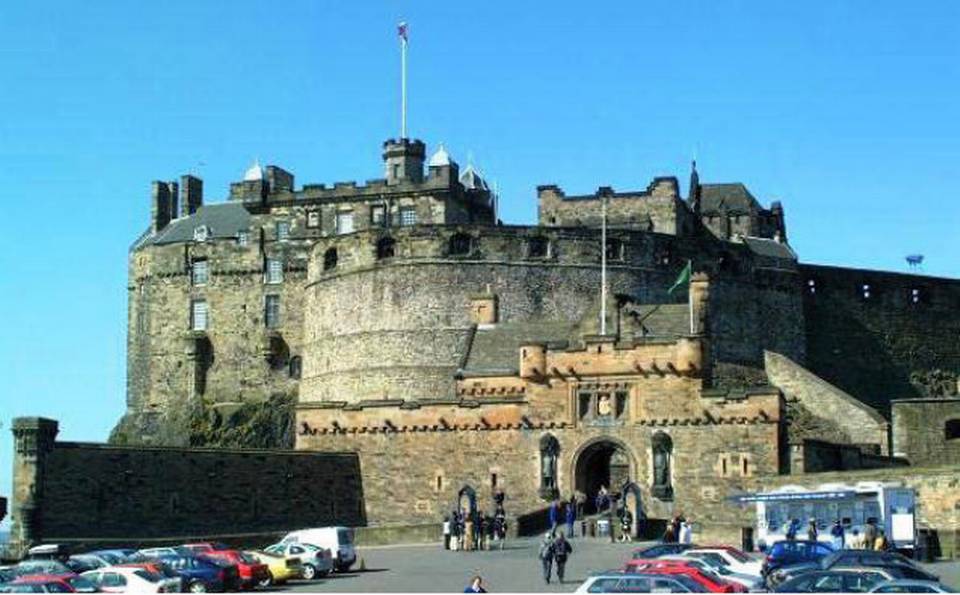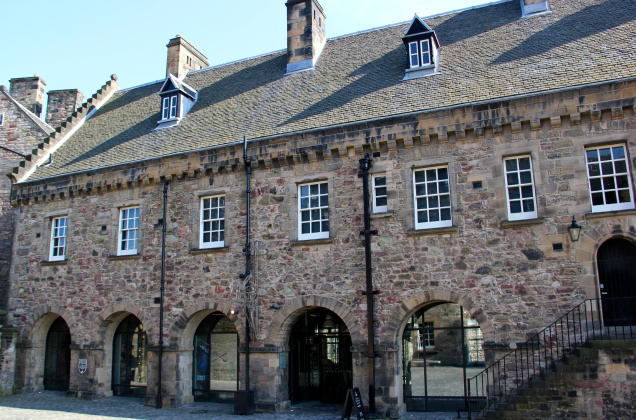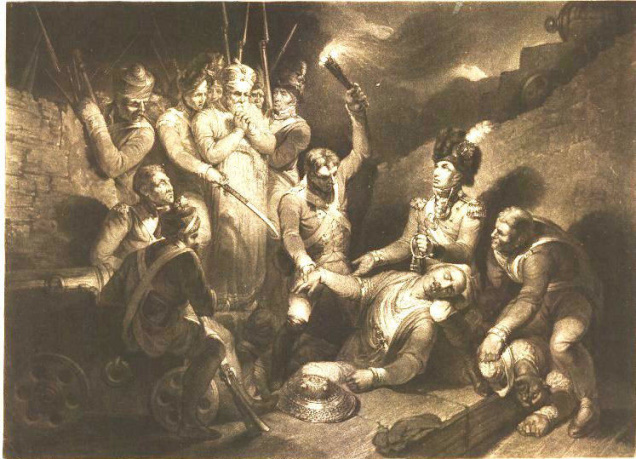Bengaluru, KARNATAKA :
In order to pursue her dream of bike riding, Mehdia Fathima took up the hobby after 20 years of managing career and family; plans to take a trip from Kanyakumari to Kashmir next.
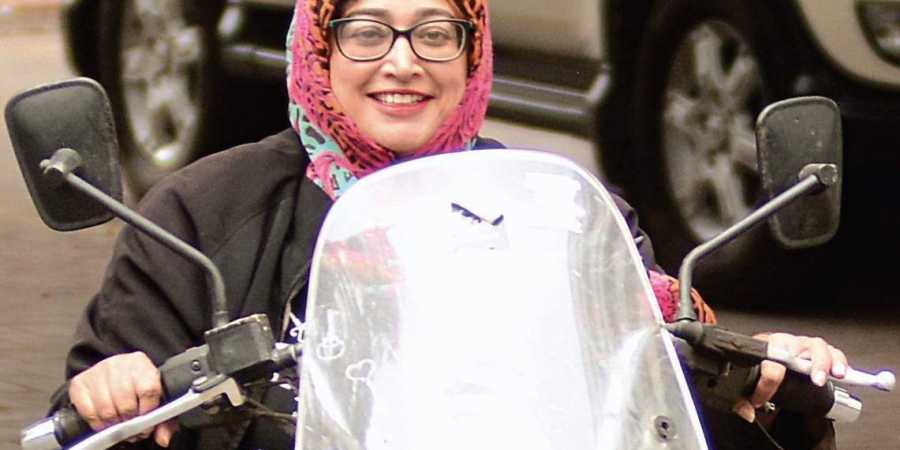
Bengaluru :
Mehdia Fathima had been keeping herself busy with her life, career and children’s studies. But almost four years ago, she took a break from her mundane daily routine and started exploring her true self as a solo bike rider. “During my college days, I was interested in bike riding and learned to ride one from a friend. It took me almost 20 years to get back to my hobby. All this time, I didn’t get time to think about pursuing this. I had to build my career, look after my kids and family,” said Fathima.
Today, the 48-year-old solo biker has been on two trips – Golden Quadrilateral Ride and Indian Coastline Ride – covering around 15,500 km. “I always prefer two-wheeler to four-wheeler, thanks to the horrible traffic in Bengaluru,” she smiled, adding, “But my interest in bikes bloomed again when a colleague gave a chance to ride his bike three-and-a-half years ago. I bought a Bajaj Avenger 220 Cruise and started taking part in group rides with my colleagues and Avenger club. Once I participated in a group ride with another club and they were riding at a speed of almost 120 km/hour on highways, which made me feel uncomfortable. We have to consider others’ speed and comfort when we travel in a group. I desperately wanted me-time and that’s how I started solo rides.”
In her Golden Quadrilateral Ride, she rode across 16 Indian states in three weeks and took more than four weeks for Indian Coastline Ride. “My preparations for each trip start two months ahead of the trip. They are self-funded and done out of passion and hobby.” Fathima, who is a mother of two teenagers, also shared that she had to face a lot of criticism from others when she took the decision of riding solo. “Many asked what I want to prove at this age. My question is, why should a woman always have to prove herself for everything? We have to prove we are equal or better than men at the workplace, home, and so on,” she said. Not just gender stereotypes, she questions generalisations about women riders. “I always wear hijab. In fact, while riding, hijab gives more protection from dust and sun exposure. I don’t think solo driving is unsafe for women in the country. There are differences in the attitude of people in different places. But if you are a normal traveller and avoid night rides, I think our highways are safe for all riders,” she added.
Fathima, an IBM employee who lives in RT Nagar with her family – her husband works with an FMCG company – completed her last solo ride in January.
“During my coastline trip, I interacted with a lot of fishermen communities across the country and realised how privileged I am as a city dweller. I learned self-confidence, patience and tolerance towards other cultures and people. I wanted to give back some values to the bike riding community and started teaching bike riding free of cost,” said Fathima, who finished a course with her first batch and is planning to do another soon.
Her dreams don’t stop there.
“Kanyakumari to Kashmir is my next trip that I’m planning in December. I also want to upgrade my bike. Triumph Tiger 800 is my dream bike. Since bike riding has always been a male-dominated field, women rarely find good bikes as per their height and size. There should be more bikes produced for women.”
source: http://www.newindianexpress.com / The New Indian Express / Home> Cities> Bengaluru / by Lesly Joseph / Express News Service / September 03rd, 2019
